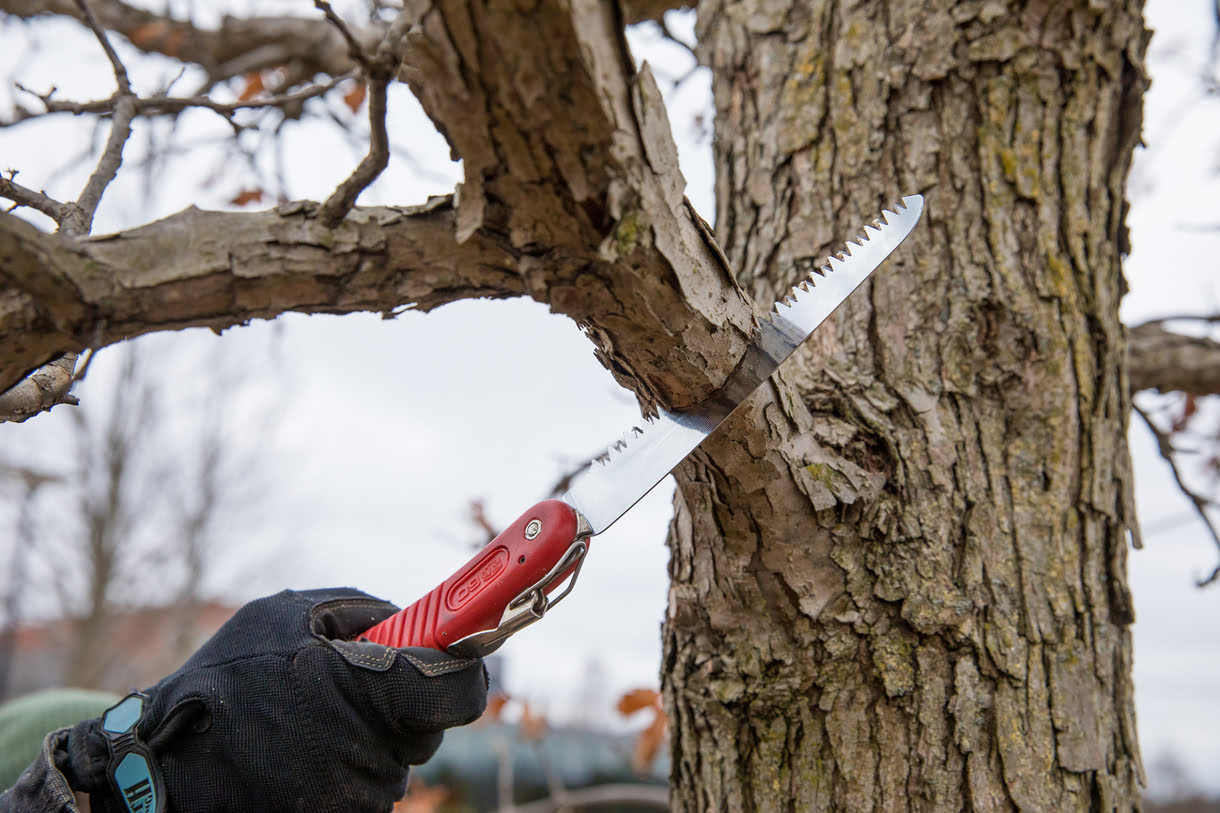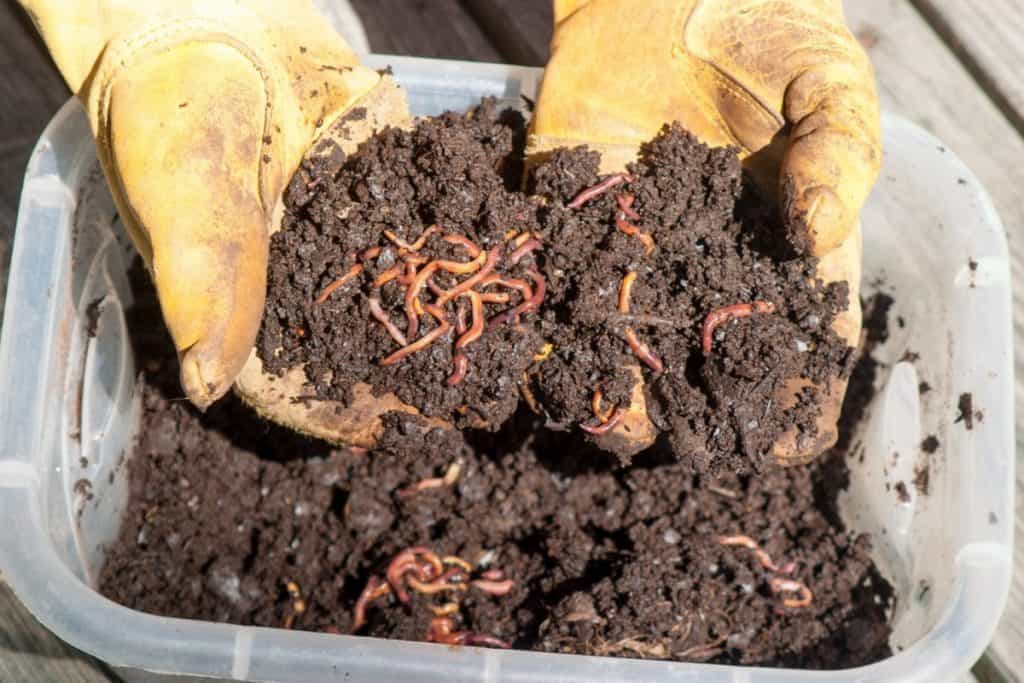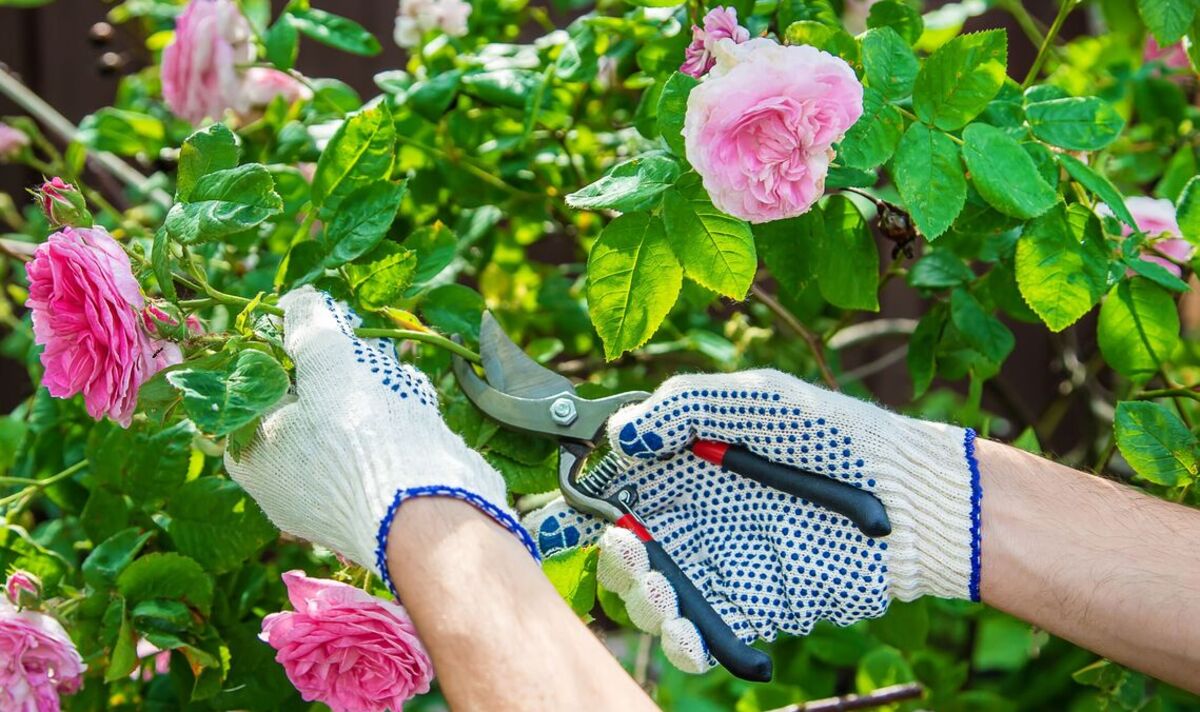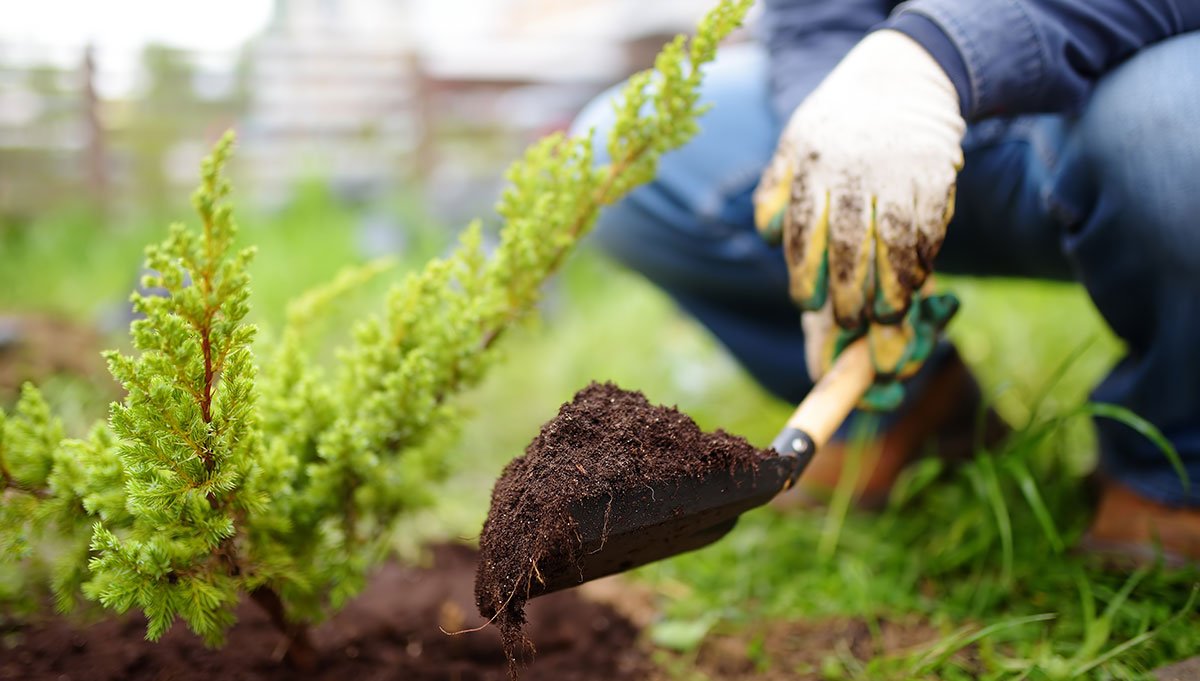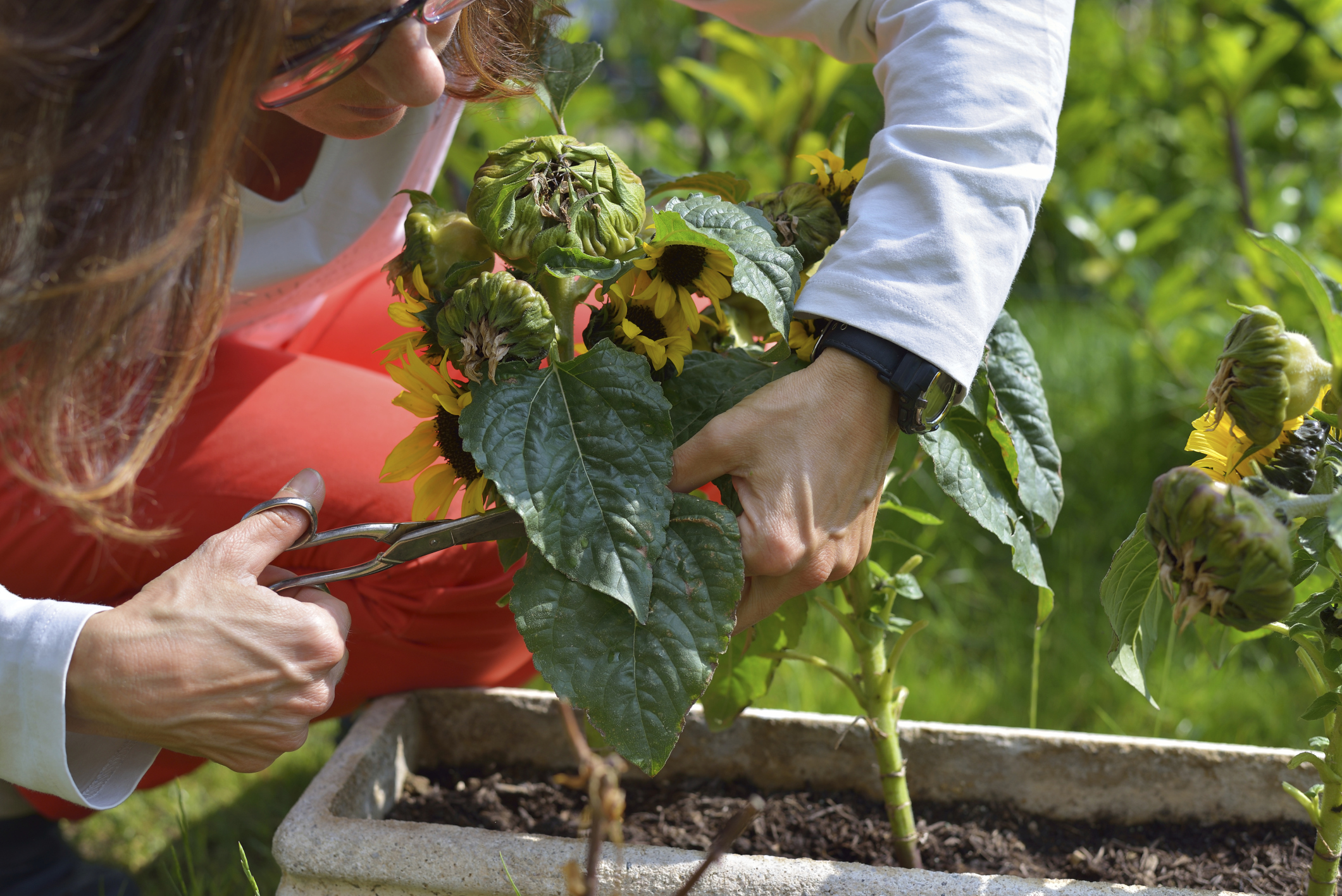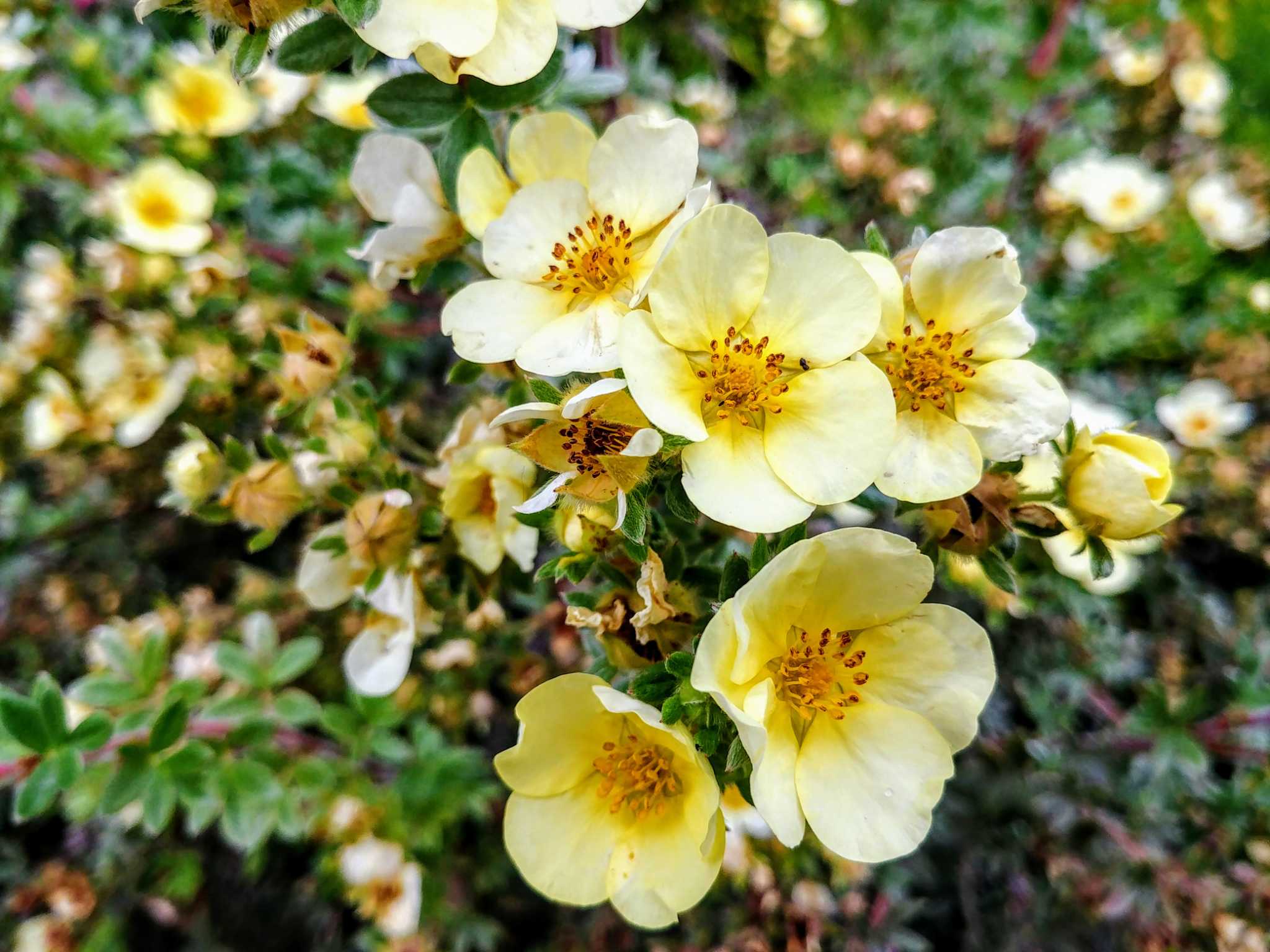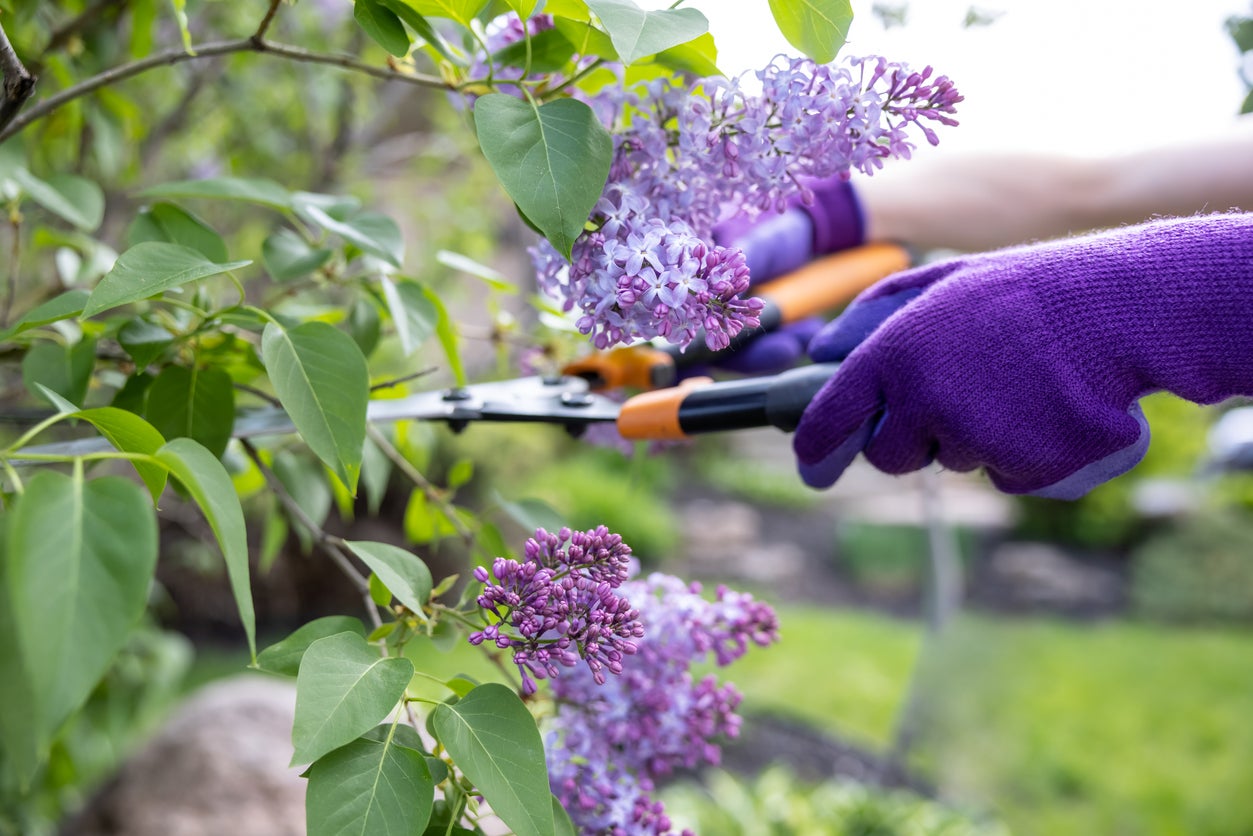Home>Gardening Techniques>Plant Care>When Do You Prune Your Azaleas Shrubs


Plant Care
When Do You Prune Your Azaleas Shrubs
Modified: January 22, 2024
Learn the key plant care tips for pruning your azaleas shrubs and ensuring optimal growth. Discover the best time to prune and maintain beautiful, healthy plants.
(Many of the links in this article redirect to a specific reviewed product. Your purchase of these products through affiliate links helps to generate commission for Chicagolandgardening.com, at no extra cost. Learn more)
Table of Contents
Introduction
Azaleas are beautiful flowering shrubs that can add a burst of color and vibrancy to any garden or landscape. Known for their stunning blooms and glossy green foliage, these plants are a popular choice among gardeners and plant enthusiasts. However, like any other plant, azaleas require proper care and maintenance to keep them healthy and looking their best. One crucial aspect of caring for azaleas is pruning.
Pruning is the process of selectively removing branches, stems, or foliage from a plant to improve its overall shape, health, and growth. Pruning azaleas not only helps to maintain their desired size and shape, but it also promotes better air circulation, encourages new growth, and enhances flower production. Additionally, pruning helps to remove any dead, diseased, or damaged parts of the plant, thus preventing the spread of pests or diseases.
Proper pruning techniques are essential for the overall health and longevity of azalea shrubs. By understanding the reasons for pruning, knowing when and how to prune, and avoiding common mistakes, you can ensure that your azaleas thrive and provide a beautiful display year after year.
In this article, we will delve into the world of azalea pruning, exploring the best time to prune, the tools and equipment needed, and a step-by-step guide to ensure your pruning efforts are successful. We will also highlight common mistakes to avoid, allowing you to take the necessary precautions and achieve the best results for your azaleas.
Understanding Azaleas
Azaleas belong to the genus Rhododendron and are a type of flowering shrub that are native to various parts of Asia and North America. They are known for their spectacular display of vibrant flowers in shades of pink, red, purple, white, and even bi-color variations. These shrubs can vary in size, ranging from compact varieties that grow just a few feet tall to larger cultivars that can reach up to six feet in height.
Azaleas are popular among gardeners due to their stunning blooms, glossy green foliage, and adaptability to different growing conditions. They are commonly used in landscapes, gardens, and hedges, as well as in pots and containers. There are numerous cultivars and hybrids available, each with their own unique characteristics, making azaleas a versatile choice for plant enthusiasts.
These plants thrive in acidic soil with good drainage, and they prefer partial shade to partial sun exposure. They are also somewhat sensitive to extreme temperatures, so it’s essential to choose the right variety for your climate zone. With proper care and attention, azaleas can live for decades and continue to provide a magnificent show of color each spring.
It’s important to note that azaleas are evergreen or deciduous, depending on the variety. Evergreen azaleas retain their foliage throughout the year, while deciduous azaleas lose their leaves in the fall and regrow them in the spring. Understanding the specific type of azalea you have will help determine the appropriate pruning technique and timing.
While azaleas are generally low-maintenance, regular pruning is necessary to keep them looking their best and to ensure their health and longevity. By understanding the growth habits and characteristics of azaleas, you can make informed decisions regarding their pruning needs.
Next, we will explore the reasons why pruning azaleas is essential and the various benefits it provides. Understanding these reasons will give you a clearer picture of why pruning should be an integral part of your azalea care routine.
Reasons for Pruning Azaleas
Pruning azaleas is not just about maintaining their aesthetic appeal; it serves several important purposes that contribute to the overall health and well-being of these beautiful shrubs. Let’s explore some of the key reasons why pruning azaleas is necessary:
- Shape and Size Control: Pruning allows you to shape your azaleas and control their size. By removing unwanted branches or stems, you can create a more symmetrical and compact form, preventing them from becoming overgrown or leggy. This helps maintain the desired appearance and ensures that the azaleas fit well within the surrounding landscape.
- Improved Air Circulation: Proper pruning helps to increase air circulation within the azalea shrub. Removing excessive foliage or densely clustered branches allows air to flow more freely, reducing the risk of fungal diseases and promoting healthy growth.
- Encourages New Growth: Pruning stimulates new growth in azaleas. By selectively removing old or spent blooms and branches, the plant can redirect its energy towards producing new shoots and flowers. This not only enhances the overall appearance but also promotes a fuller, more vigorous plant.
- Enhanced Flower Production: Regular pruning promotes abundant flower production in azaleas. Removing dead or diseased branches and thinning out crowded areas allows the plant to channel its energy into the development of healthy, robust blooms.
- Removal of Dead or Diseased Wood: Pruning provides an opportunity to remove any dead, damaged, or diseased wood from the azalea shrub. This helps prevent the spread of pests and diseases, ensuring the overall health and vitality of the plant.
- Renewal and Rejuvenation: Pruning older and overgrown azaleas can help rejuvenate them. By selectively removing a portion of the older wood, you can stimulate new growth and improve the overall health and appearance of the shrub.
By understanding the various reasons for pruning azaleas, you can approach the task with confidence and purpose. It’s important to note that pruning should be done judiciously, following proper techniques and guidelines to avoid damaging the plant. In the next section, we will discuss the factors to consider before pruning to ensure the best results for your azaleas.
Factors to Consider Before Pruning
Pruning azaleas requires careful consideration of various factors to ensure that the process is conducted at the right time and in the most effective manner. Here are some key factors to keep in mind before pruning your azaleas:
- Time of Year: Timing is crucial when it comes to pruning azaleas. It’s important to determine whether your azalea is an evergreen or deciduous variety, as this will dictate the optimal time for pruning. Evergreen azaleas are typically pruned right after they finish blooming in the spring, while deciduous azaleas are pruned during their dormant period in late winter or early spring, before new growth emerges.
- Weather Conditions: Consider the existing weather conditions before pruning your azaleas. It’s best to avoid pruning during extreme heat or cold, as this can cause stress to the plant. Choose a mild and dry day to carry out the pruning to minimize any potential damage or stress to the azaleas.
- Growth Stage: It’s important to assess the growth stage of your azaleas before pruning. Avoid pruning immature or newly planted azaleas, as they need time to establish their root systems and gain strength. Wait until the shrub is well-established and has undergone a few growth cycles before engaging in regular pruning.
- Plant Health: Check the overall health of your azaleas before pruning. If the plant shows signs of disease or pests, address those issues before proceeding with pruning. Pruning a healthy plant ensures that it can devote its energy to recovering and growing, rather than diverting resources to combatting existing problems.
- Desired Shape and Size: Consider the desired shape and size of your azaleas before pruning. Visualize the end result and plan your pruning approach accordingly. Different pruning techniques, such as selective branch removal or rejuvenation pruning, might be required based on your desired outcome.
- Personal Preferences: Take your personal preferences into account when pruning azaleas. Consider how you want them to look and what fits well within your landscape design. Be mindful of not over-pruning, as this can lead to less foliage and fewer flowers.
By carefully considering these factors, you can ensure that your pruning efforts are well-timed and aligned with the specific needs of your azaleas. Next, we will delve into the best time to prune azaleas in more detail, providing you with a clear understanding of when and how to perform this important task.
Best Time to Prune Azaleas
The timing of pruning is crucial to the health and beauty of your azaleas. The best time to prune azaleas depends on whether they are evergreen or deciduous varieties. Here’s a breakdown of the optimal pruning times for each type:
Evergreen Azaleas
Evergreen azaleas should be pruned shortly after they finish blooming in the spring. This allows the plants to recover from the flowering process and encourages new growth for the next season. It’s important not to delay the pruning too long after flowering, as late pruning can interfere with the development of new flower buds for the following year.
Deciduous Azaleas
Deciduous azaleas, which lose their leaves in the fall, should be pruned during their dormant period in late winter or early spring, just before new growth emerges. Pruning during this time allows you to remove any dead or diseased branches and shape the shrub before the new growth begins.
Regardless of the type of azalea, it’s important to avoid pruning during periods of extreme weather, such as during the heat of summer or in freezing winter temperatures. Pruning during these times can stress the plant and hinder its ability to recover.
It’s also worth noting that light pruning, such as the removal of dead flowers or the occasional selective branch removal, can be done throughout the year without causing harm to the azalea. However, major pruning should be reserved for the appropriate times mentioned above.
By pruning your azaleas at the proper times, you can promote healthy growth, encourage abundant blooms, and maintain a manageable size and shape. Next, we will provide a step-by-step guide on how to prune your azaleas effectively and efficiently.
Step-by-Step Guide to Pruning Azaleas
Pruning azaleas can seem like a daunting task, but with the right technique and approach, it can be a simple and rewarding process. Follow these step-by-step instructions to effectively prune your azaleas:
- Gather the Necessary Tools: Before you start pruning, make sure you have the right tools on hand. You’ll need pruning shears, loppers, and possibly a pruning saw for thicker branches. Ensure that your tools are clean and sharp for optimal cutting.
- Assess the Azalea: Take a close look at your azalea shrub and identify any dead, diseased, or damaged branches. These should be the first to go. Also, look for any crossing or rubbing branches that may be overcrowding the plant.
- Start with Deadheading: Begin by deadheading your azaleas, meaning the removal of spent flowers. Pinch or snip off the faded blooms just above a set of healthy leaves or nodes. Deadheading encourages continuous blooming throughout the season.
- Remove Dead and Diseased Wood: Use your pruning shears or saw to carefully remove any dead or diseased wood from the azalea. Cut back to healthy, live wood just above the branch collar, which is the swollen area where the branch connects to the main stem.
- Thin out Overcrowded Areas: Look for areas of the azalea where branches are crossing, rubbing against each other, or causing overcrowding. Selectively prune these branches, cutting them back to the main stem or a lateral branch. This will improve air circulation and prevent disease.
- Shape and Control Size: If you want to shape or control the size of your azalea, prune back the longest branches or stems using your pruning shears or loppers. Make cuts just above a node or lateral branch to encourage new growth in the desired direction.
- Step Back and Evaluate: After you’ve completed the pruning, step back and evaluate your azalea shrub. Ensure that the shape and size are balanced and aesthetically pleasing. Make any final adjustments if necessary.
- Proper Disposal: Dispose of the pruned branches and debris properly. You can compost smaller branches and foliage or dispose of them in your yard waste bin. Avoid leaving them on the ground near the azalea, as this can attract pests and diseases.
Remember, it’s essential to prune conservatively and not remove more than one-third of the plant’s total growth at a time. Over-pruning can stress the azalea and impact its ability to recover and produce blooms. By following these steps, you’ll be able to successfully prune your azaleas and promote their health and beauty.
Tools and Equipment Needed
When it comes to pruning azaleas, having the right tools and equipment is essential to ensure clean and precise cuts. Here are the tools you’ll need to effectively prune your azaleas:
- Pruning Shears: Pruning shears, also known as hand pruners or secateurs, are an essential tool for cutting small branches and stems. Look for a pair with sharp blades and sturdy construction for clean and effortless cuts.
- Loppers: Loppers have long handles and larger blades, making them suitable for cutting thicker branches on your azaleas. They provide extra leverage and reach, allowing you to prune branches that are out of reach for pruning shears.
- Pruning Saw: A pruning saw may be necessary for removing thicker branches on older or overgrown azaleas. Choose a pruning saw with a curved blade and sharp teeth, as it allows for smooth and efficient cuts.
- Protective Gear: While not a tool, wearing the right protective gear is crucial when pruning azaleas. It’s recommended to wear gloves to protect your hands from thorns and sharp edges. Additionally, safety glasses or goggles can shield your eyes from any debris that may fly during the pruning process.
- Disinfectant Spray: It’s a good practice to use a disinfectant spray or rubbing alcohol to clean your pruning tools before and after pruning each azalea. This helps prevent the spread of any potential diseases or pests from one plant to another.
- Sturdy Shoes: While not directly related to pruning tools, wearing sturdy shoes is important to keep your feet protected while working in the garden. Closed-toe shoes with good traction will help prevent accidents or injuries while pruning your azaleas.
Having the right tools for the job ensures that you can prune your azaleas safely and effectively. Remember to choose tools that are comfortable to handle and in good condition, as sharp and well-maintained tools provide clean cuts and reduce the risk of damaging the plant. With these tools in hand, you’ll be well-equipped to prune your azaleas and keep them looking their best.
Common Mistakes to Avoid
While pruning azaleas is an important task for their health and appearance, there are common mistakes that can hinder their growth and overall vitality. By being aware of these mistakes, you can avoid them and ensure the success of your pruning efforts. Here are some common mistakes to watch out for:
- Over-Pruning: One of the most common mistakes is over-pruning azaleas. Removing more than one-third of the plant’s growth at a time can stress the plant and hinder its ability to recover. It’s important to prune conservatively and maintain the natural shape of the shrub.
- Pruning at the Wrong Time: Timing is crucial when it comes to pruning azaleas. Pruning at the wrong time, such as during the summer or fall for evergreen azaleas or during the dormant period for deciduous azaleas, can disrupt their growth cycle and result in fewer flowers. Always prune at the appropriate time for your specific type of azalea.
- Improper Technique: Using improper pruning techniques can damage the azalea and affect its overall health. Avoid making crude cuts, such as tearing or ripping branches. Instead, use clean and sharp tools to make precise cuts just above a node or lateral branch.
- Removing Buds: Pruning too early or without careful consideration can result in the removal of flower buds. If you prune azaleas before they have formed flower buds, you may end up sacrificing the spring bloom. It’s important to identify and preserve these buds while pruning.
- Ignoring Plant Health: Pruning should not be the only step in maintaining azaleas’ health. It’s important to address any underlying issues, such as pests, diseases, or nutrient deficiencies. Regularly monitor your azaleas for signs of problems and take appropriate action to ensure their overall well-being.
- Not Cleaning and Disinfecting Tools: Failure to clean and disinfect your pruning tools can lead to the spread of diseases and pests. Before and after each use, it’s important to clean your tools with disinfectant spray or rubbing alcohol to prevent the transmission of potential pathogens.
By avoiding these common mistakes, you can ensure that your pruning efforts are effective and beneficial for your azaleas. Taking the time to prune properly and following these guidelines will promote healthy growth, abundant blooms, and the overall well-being of your azalea shrubs.
Conclusion
Pruning azaleas is an important aspect of their care and maintenance. It not only helps to shape and control the size of the shrub but also promotes better air circulation, encourages new growth, and enhances flower production. By following the right techniques and timing, you can ensure the health and beauty of your azaleas year after year.
Before pruning, it’s crucial to understand the specific type of azalea you have, whether it’s evergreen or deciduous, as this will determine the optimal time for pruning. Factors such as weather conditions, growth stage, and desired shape and size should also be considered to achieve the best results.
By following a step-by-step guide, you can effectively prune your azaleas. Remember to gather the necessary tools, assess the plant, and proceed with deadheading, removing deadwood, thinning out overcrowded areas, and shaping the shrub as desired. Proper disposal of pruned branches and debris is also important to prevent the spread of pests and diseases.
There are common mistakes to avoid when pruning azaleas, such as over-pruning, pruning at the wrong time, using improper techniques, and ignoring plant health. By being aware of these mistakes, you can ensure the success of your pruning efforts and the long-term health of your azaleas.
In conclusion, proper pruning techniques and timing play a crucial role in maintaining the health and beauty of azaleas. By dedicating time and effort to pruning, you can enjoy vibrant blooms, lush foliage, and a well-shaped azalea shrub that enhances the beauty of your garden or landscape.
